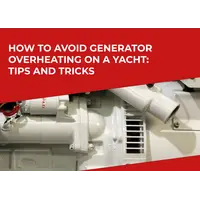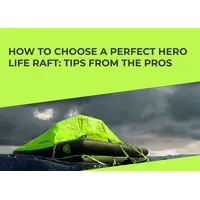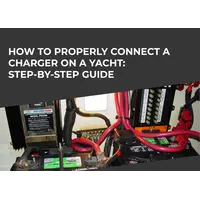Fenders are absolutely indispensable for mooring. They allow to reduce contact loads on the hull and save the vessel during the approach to pontoons, to the mooring wall or to another vessel.
Previously, wicker bags stuffed with soft material, wooden rolls or cable stumps were used for these purposes. Over time, these devices were almost completely replaced by inflatable fenders made of rubber or foamed PVC. Due to the greater cushioning, they protect the hull better and undoubtedly have a more aesthetic appearance.
Fenders can be fixed on the hull either temporarily or permanently. Fixed fastening is mainly used on large ships, where the size and number of fenders are large, and on high displacement ships the probability of fender tearing off is small. On small boats and launch boats, it is widespread to hang the fenders from the side only during mooring. You don’t have to worry about losing them during movement and they do not flap in the headwind, dangling out there like you know what.
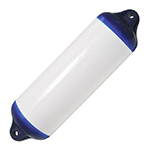 Cylindrical Fenders
Cylindrical Fenders 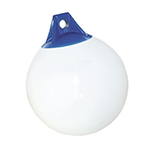 Round Fender
Round Fender 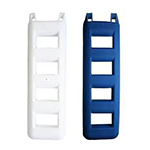 Ladder & Steps Fenders
Ladder & Steps Fenders 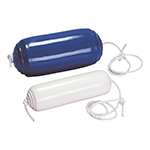 Thru-hole Fenders
Thru-hole Fenders 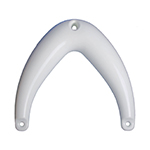 Bow & Stern Fenders
Bow & Stern Fenders 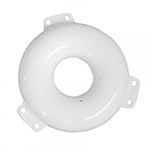 Ring Fenders
Ring Fenders 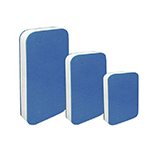 Cushion and Flat Fenders
Cushion and Flat Fenders 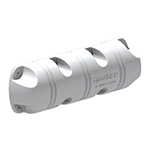 Dock Fenders & Accessories
Dock Fenders & Accessories 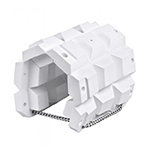 Pile Fenders
Pile Fenders Photo tutorial
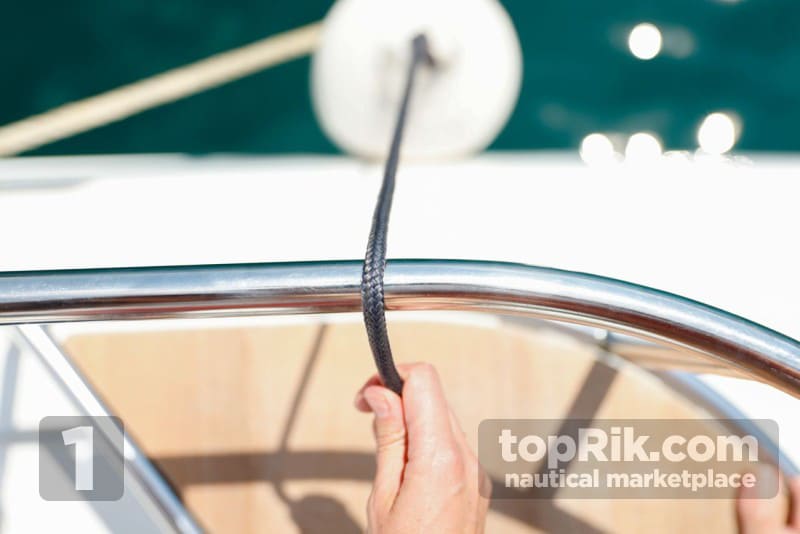
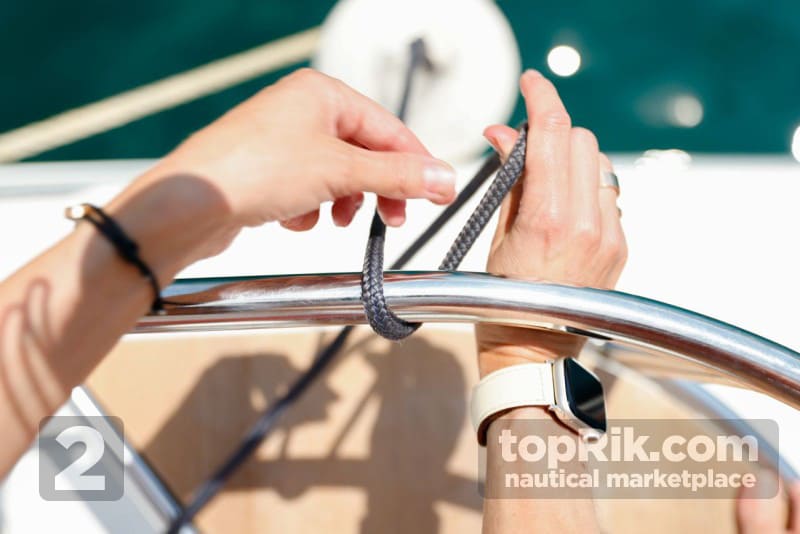
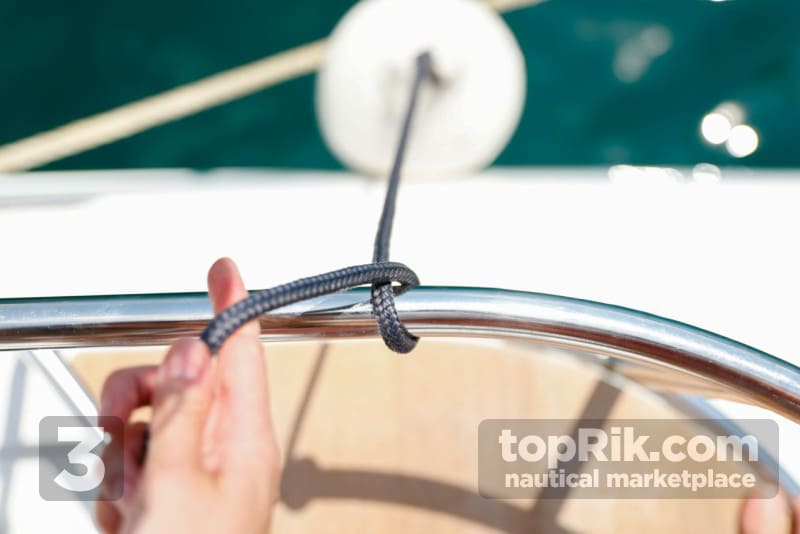
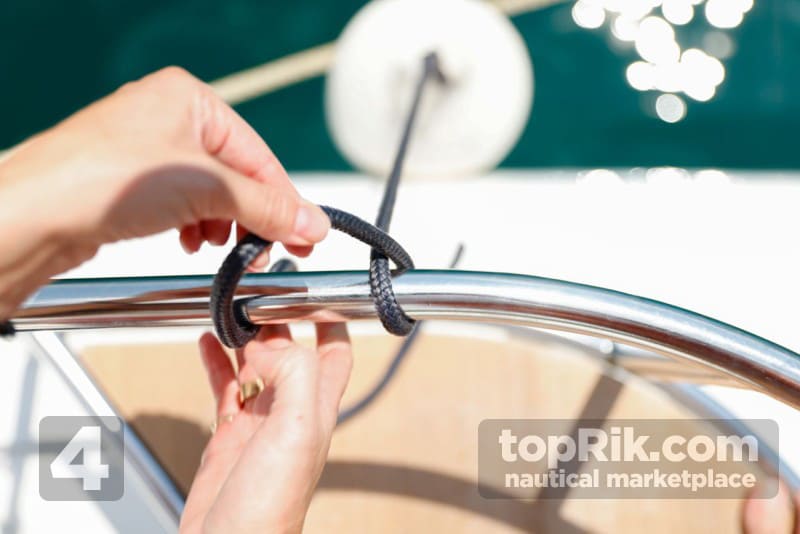
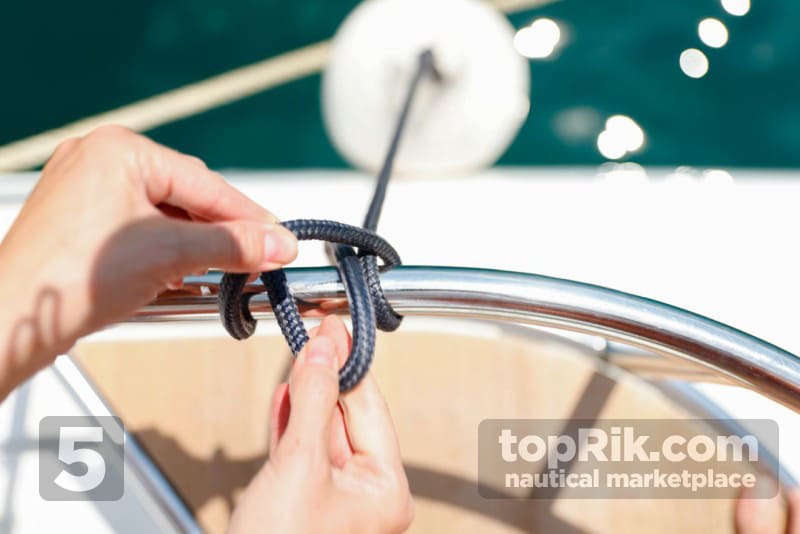
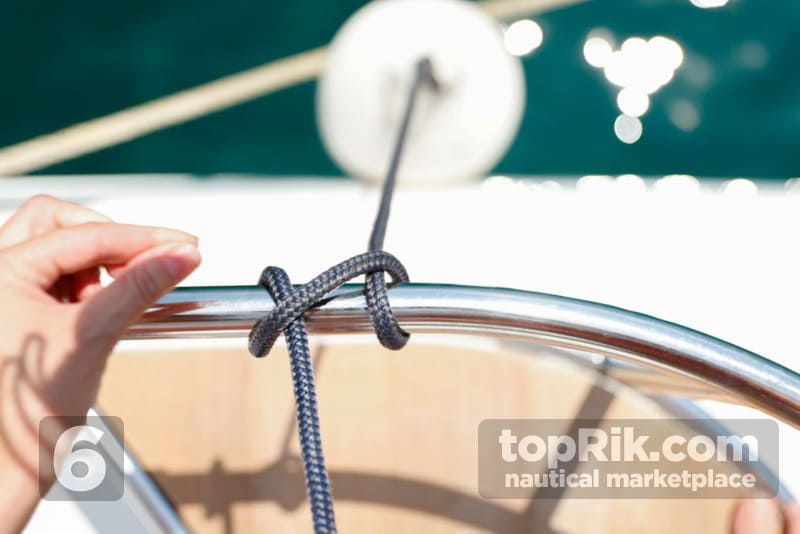
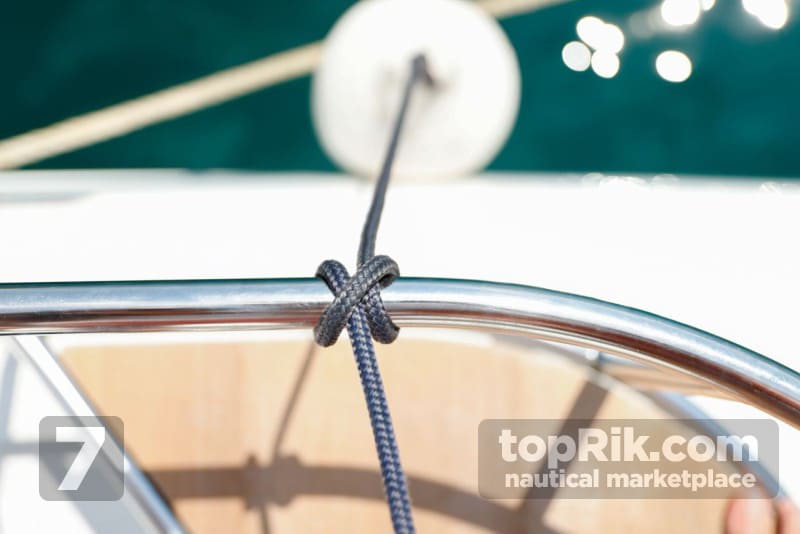
Video tutorial
Fender Baskets
Not all boats have special storage places, which is quite fixable. The problem is eliminated by a simple and elegant solution - special fender baskets. They can be fixed to rails or a flat surface by means of special fasteners. Baskets can hold from one to three fenders, depending on the design. For a larger number, connecting elements are provided for attaching the baskets to each other. When purchasing baskets, you should pay attention to the following parameters:
- Fastening method – when fastening to handrails, do not forget to purchase an additional appropriate fastener model, paying attention to the diameter of the pipe (handrail) it is intended for.
- Internal dimensions - diameter and height.
- Quantity of "compartments" for the fenders.
As an alternative to baskets, folding mounts can be named, as well as special brackets that can be mounted to a vertical plane.
Double basket
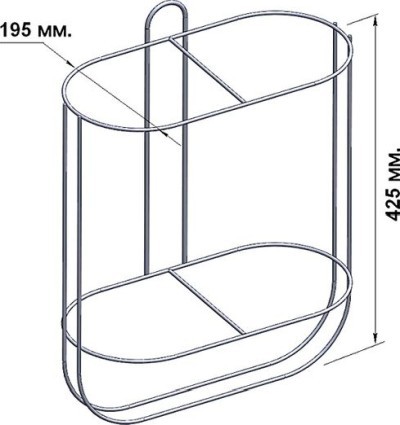
Bracket kit
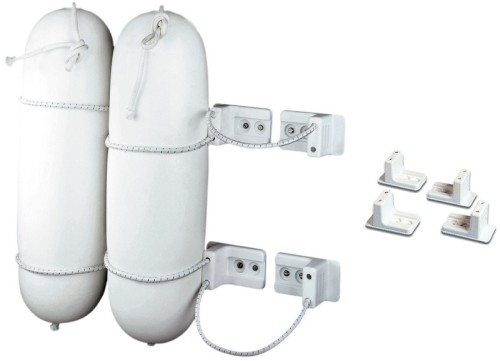
Folding bracket
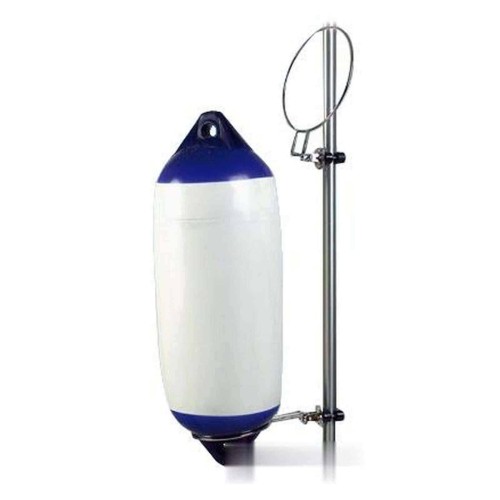
Fender Fastening
In general, fenders have two eyes - one from each end, which allows them to be fixed both vertically and horizontally. Fastening is usually carried out using a special polyester rope that is resistant to abrasion and UV. At one end of the rope, an eye splice can be tied, which will make your life much easier. The other end is always left free - this allows you to adjust the height of the fender. In the case of a rope with eye splice, you can tie a simple knot based on it - this is the most aesthetic option.
If eye splice is not applicable, then a double bayonet knot or just a great knot, the exact name of which we did not find, will help you.
Knot based on an eye splice
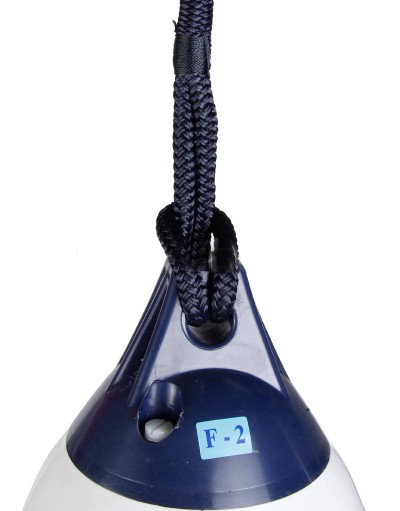
Double bayonet
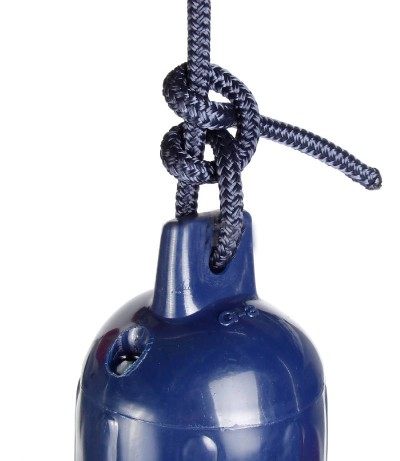
Just a great knot
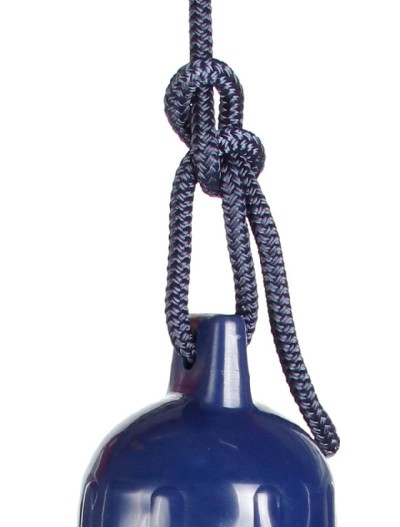
You can fasten the rope from the fender to the handrails in different ways.
A simple yet effective fender attachment
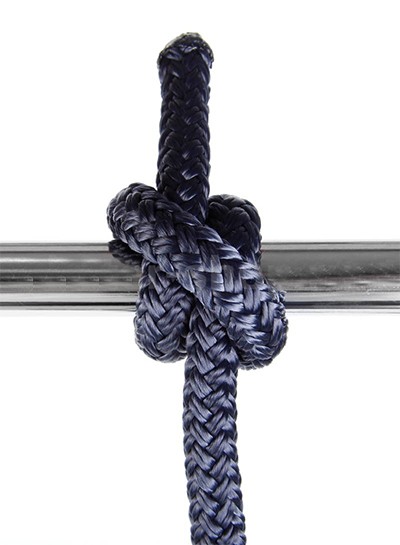
It also has a loop for quick release
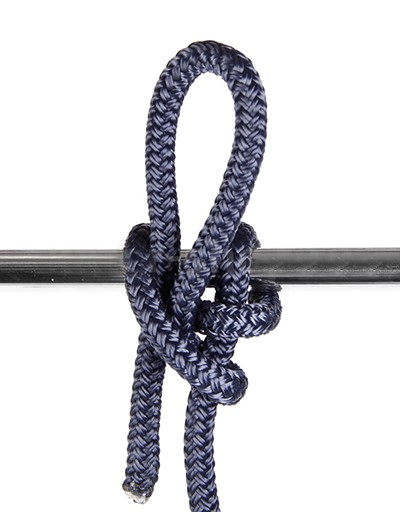
Cow hitch
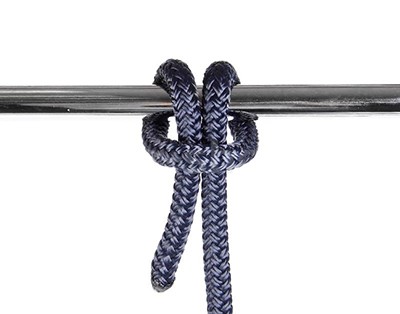
The first option is the most common and suits most small boat owners. In this case, the fenders are tied to the mooring cleats. Simple winding with a locking loop does not take much time. If the location of your cleats does not allow you to optimally distribute the fenders, then this can be done by attaching them to the rails. There are several options for knots, each of which is good in its own way. As an option for aesthetes, there is a special rail clamp that allows you to quickly change the height of the fender.
Easy winding with locking loop
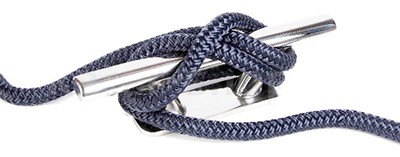
Handrail clamp for the rope
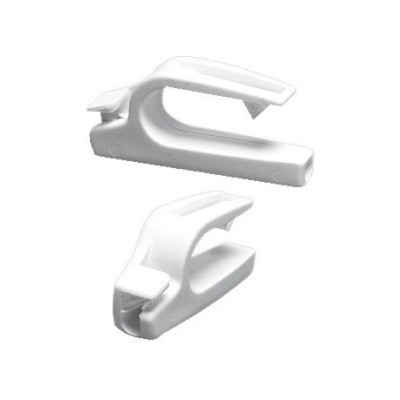
If all of the above does not suit you, then perhaps you should think about special places for attaching fenders. It can be a simple hook or a specialized fitting:
Snap Hook
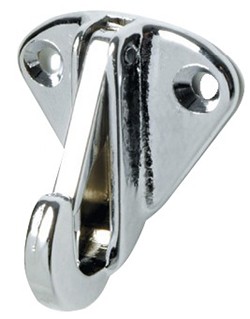
Just a simple stainless steel hook
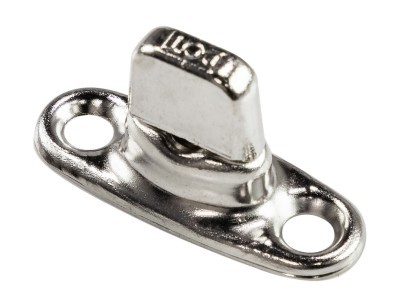
Special fitting
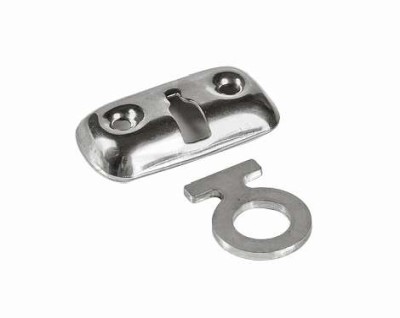
At the end of this article, we wish you to keep your boat at the pier less and use it more.


